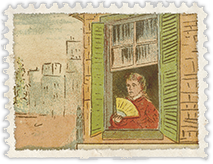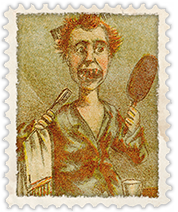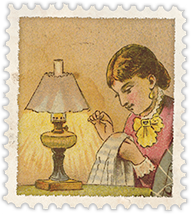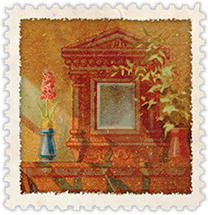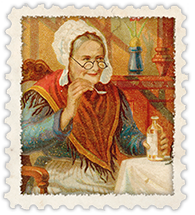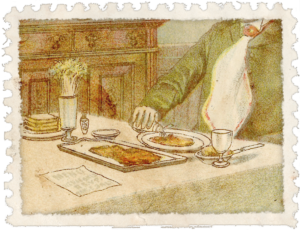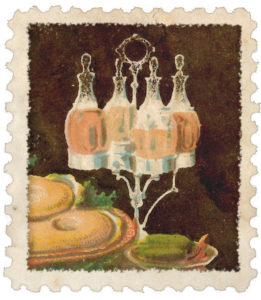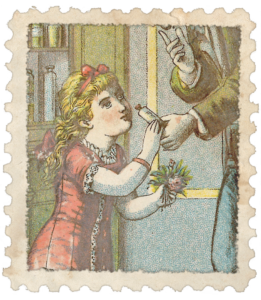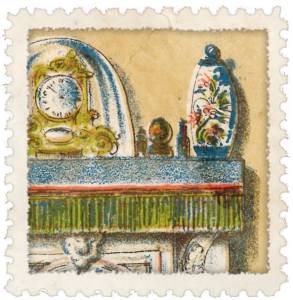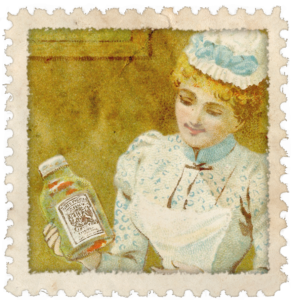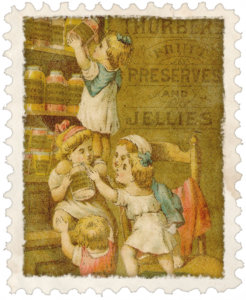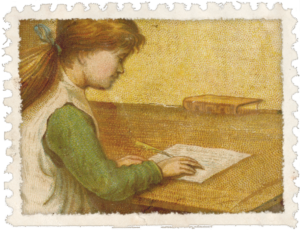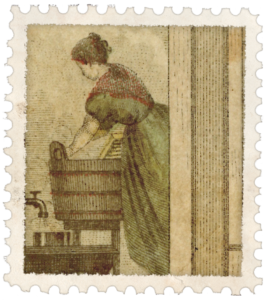A Closer Look At Everyday Life
1018 Palmer St
A “Closer Look at Everyday Life” provides an opportunity to explore the artifacts from specific features in more detail. In this section, you will find images and information about individual artifacts and groups of objects recovered during the archaeological excavations of this feature that provide additional insights on the people who lived, worked, and played on this property.
Explore
Cramp-Bumm:
Discover
Artifacts in Everyday Life
The artifacts discarded in this privy shaft relate to the people who resided in the brick row home at 1018 Palmer Street between 1852 and the first decade of the twentieth century. The analysis of this feature focuses on the large amount of material recovered from Analytical Unit B (Strats IV through X), encompassing 5,303 of the 6,015 artifacts recovered and accounting for 88% of the total assemblage. Strat IV appears to contain artifacts related to the occupation of the site by members of both the Cramp and Bumm families. Many of the ceramic and glass vessels recovered from Strat IV cross-mend with fragments from Strats V through X beneath.
This privy feature contained a wide array of common household objects, such as ceramic tableware, glass tumblers, and canning jars. The abundant assortment of embossed container glass provides an opportunity to study popular products, from medicines to hair color. The collection of artifacts related to lighting represent a variety of innovations that brightened the home over the course of the nineteenth century. Several unusual objects were also recovered. Topping the list of unique artifacts from this feature are a bisque porcelain moon figurine, a nearly complete blue glass cane, and a piece of window glass with the name “Cramp” etched into the surface by one of the former occupants.
A Closer Look At Everyday Life
1018 Palmer St
A “Closer Look at Everyday Life” provides an opportunity to explore the artifacts from specific features in more detail. In this section, you will find images and information about individual artifacts and groups of objects recovered during the archaeological excavations of this feature that provide additional insights on the people who lived, worked, and played on this property.
The artifacts discarded in this privy shaft relate to the people who resided in the brick row home at 1018 Palmer Street between 1852 and the first decade of the twentieth century. The analysis of this feature focuses on the large amount of material recovered from Analytical Unit B (Strats IV through X), encompassing 5,303 of the 6,015 artifacts recovered and accounting for 88% of the total assemblage. Strat IV appears to contain artifacts related to the occupation of the site by members of both the Cramp and Bumm families. Many of the ceramic and glass vessels recovered from Strat IV cross-mend with fragments from Strats V through X beneath.
This privy feature contained a wide array of common household objects, such as ceramic tableware, glass tumblers, and canning jars. The abundant assortment of embossed container glass provides an opportunity to study popular products, from medicines to hair color. The collection of artifacts related to lighting represent a variety of innovations that brightened the home over the course of the nineteenth century. Several unusual objects were also recovered. Topping the list of unique artifacts from this feature are a bisque porcelain moon figurine, a nearly complete blue glass cane, and a piece of window glass with the name “Cramp” etched into the surface by one of the former occupants.

